
LinuxMirrors provides a very convenient source change script. You only need to run a single command to help users quickly change the software source of the Linux system and install Docker. It supports various mainstream Linux distributions, including Debian, Ubuntu, CentOS, Fedora, etc., and can automatically detect the system type and version, providing the most suitable software source configuration.
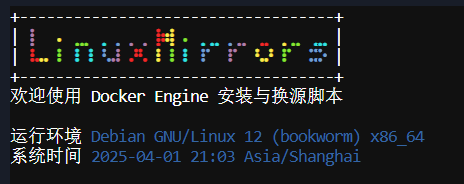 Change System Software SourceRun the following command to change the system software source:
Change System Software SourceRun the following command to change the system software source:
bash <(curl -sSL https://linuxmirrors.cn/docker.sh)This command will automatically detect your system type and version, then provide an interactive menu allowing you to choose between domestic or overseas mirror sources. You can also specify a particular software source address, protocol, etc., through command options for more advanced customization.
Install DockerRun the following command to install Docker:
bash <(curl -sSL https://linuxmirrors.cn/docker.sh)This command will automatically install Docker for you and also supports customization through command options, such as specifying the version of Docker or the mirror source.
Usage Instructions1. First, open the Linux terminal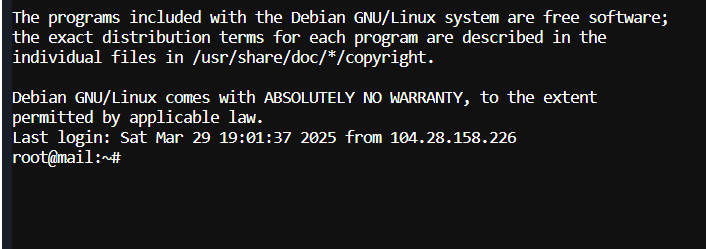 2. Paste the command
2. Paste the command
bash <(curl -sSL https://linuxmirrors.cn/main.sh)3. Choose a software source, for example, select Tencent Cloud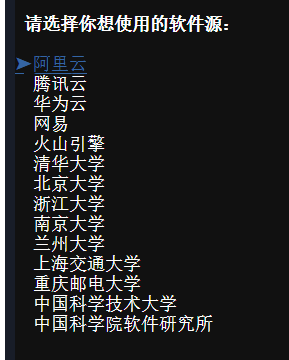 4. Select yes
4. Select yes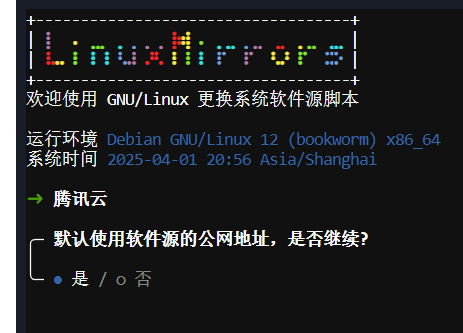 5. Wait for the update to complete
5. Wait for the update to complete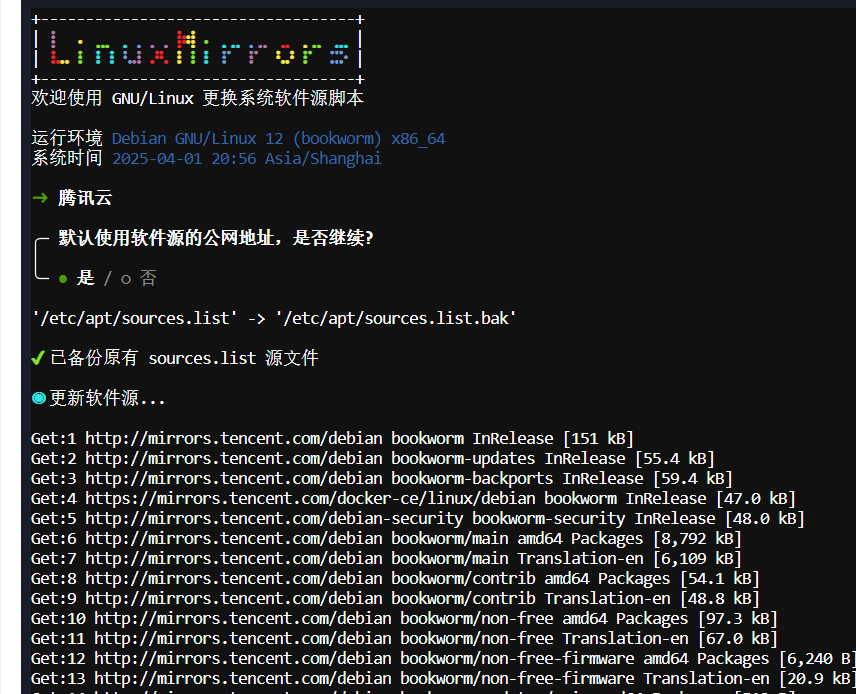 6. It will prompt update complete and whether to update the software packages
6. It will prompt update complete and whether to update the software packages FeaturesOne-click source change: Change the system software source with a single command, no need to manually edit configuration files.One-click Docker installation: Also install Docker with a single command, supporting multiple operating systems.
FeaturesOne-click source change: Change the system software source with a single command, no need to manually edit configuration files.One-click Docker installation: Also install Docker with a single command, supporting multiple operating systems.
bash <(curl -sSL https://linuxmirrors.cn/docker.sh)Please select the desired Docker CE source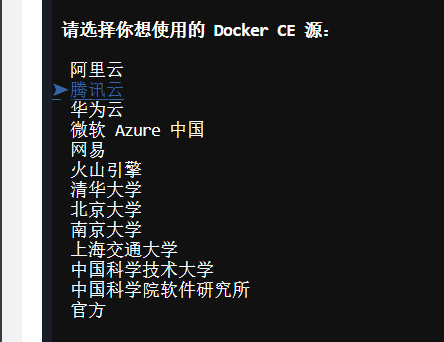

No technical barrier: No need to understand technical details, the documentation provides comprehensive guidance, suitable for Linux beginners.
Wide system support: Compatible with various operating systems, accurately identifying system types and versions.Highly customizable: Supports command options to meet advanced customization needs, such as specifying software source addresses, protocols, etc.